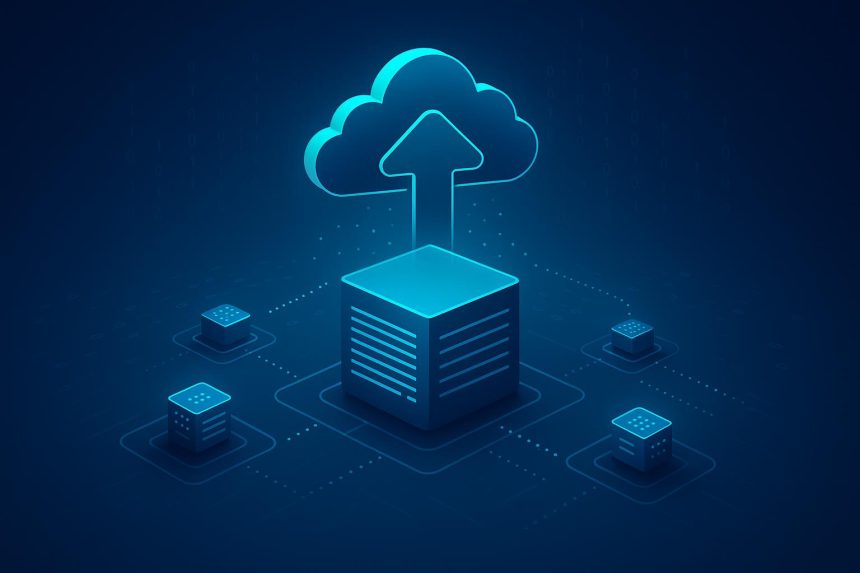In an era where data is being generated at unprecedented rates—from smartphones, sensors, autonomous vehicles, and IoT (Internet of Things) devices—the demand for faster, more efficient data processing has never been higher. Enter edge computing, a transformative technology poised to redefine the landscape of computing by bringing data processing closer to the source of data generation.
What Is Edge Computing?
Edge computing is a distributed computing paradigm that moves computation and data storage away from centralized data centers and closer to the devices where data is created. This can include anything from local edge servers to smart devices themselves. The goal is to reduce latency, save bandwidth, and improve response times, especially for applications that rely on real-time processing.
Think of it as a shift from relying solely on massive cloud servers in faraway data centers to using mini data centers or compute resources at the “edge” of the network, such as a local gateway, router, or device.
Why Is Edge Computing Gaining Popularity?
There are several key drivers behind the growth of edge computing:
Edge Computing vs. Cloud Computing
While edge and cloud computing may seem like competitors, they are more complementary than conflicting. Cloud computing provides centralized storage and computing power, which is ideal for large-scale data analytics and long-term storage. Edge computing, on the other hand, is optimized for immediate processing and decision-making.
A typical use case involves edge devices processing data in real-time and then sending summarized or relevant data to the cloud for deeper analysis. This hybrid approach balances speed, cost, and scalability.
Real-World Applications of Edge Computing
Challenges Facing Edge Computing
Despite its advantages, edge computing also faces several challenges:
The Future of Edge Computing
Edge computing is not just a passing trend—it’s a foundational shift in how technology interacts with the physical world. With the emergence of 5G networks, the capabilities of edge computing are expected to be supercharged. 5G enables faster data transmission and lower latency, making edge deployments more effective.
Moreover, the rise of AI at the edge—where machine learning models are deployed directly on devices—will open new frontiers in automation, real-time analytics, and personalization. Already, tech giants like Amazon, Microsoft, Google, and IBM are investing heavily in edge computing platforms and services.
Conclusion
Edge computing represents a critical evolution in the way we process and interact with data. By bringing computation closer to the source, it empowers industries to build faster, smarter, and more resilient systems. While there are challenges to address, the benefits are too compelling to ignore.
As data continues to explode and real-time experiences become the norm, edge computing will be an essential component of the digital future—bridging the gap between the cloud and the ever-expanding world of connected devices.
Lynn Martelli is an editor at Readability. She received her MFA in Creative Writing from Antioch University and has worked as an editor for over 10 years. Lynn has edited a wide variety of books, including fiction, non-fiction, memoirs, and more. In her free time, Lynn enjoys reading, writing, and spending time with her family and friends.















